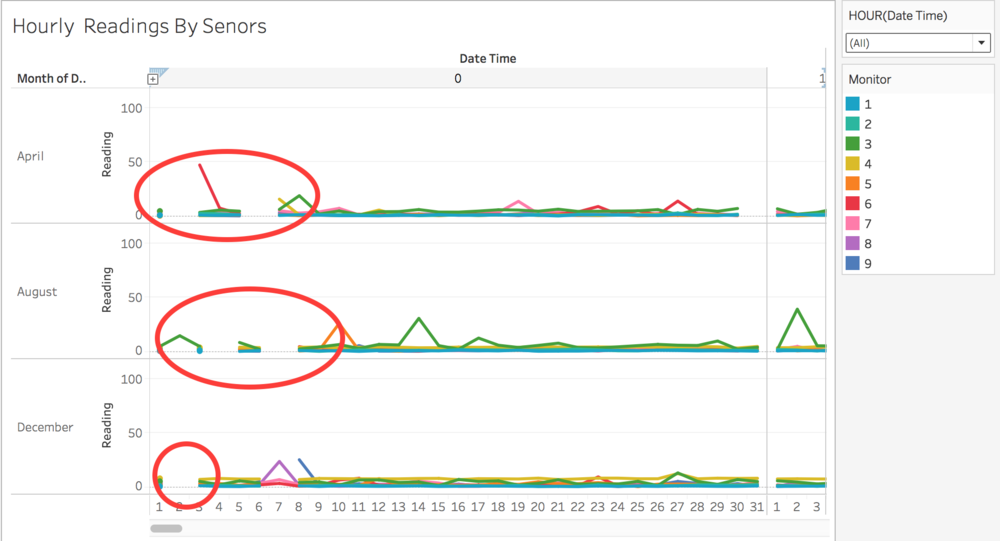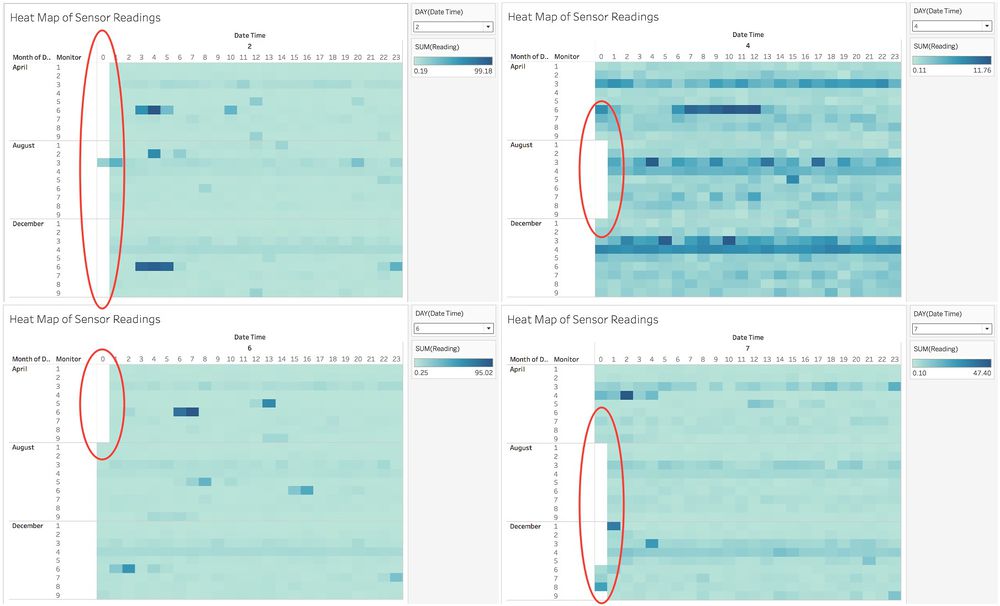IS428 2017-18 T1 Assign Ng Jia Jun
Links
Overview
Mistford is a mid-size city is located to the southwest of a large nature preserve. The city has a small industrial area with four light-manufacturing endeavors. Mitch Vogel is a post-doc student studying ornithology at Mistford College and has been discovering signs that the number of nesting pairs of the Rose-Crested Blue Pipit, a popular local bird due to its attractive plumage and pleasant songs, is decreasing! The decrease is sufficiently significant that the Pangera Ornithology Conservation Society is sponsoring Mitch to undertake additional studies to identify the possible reasons. Mitch is gaining access to several datasets that may help him in his work, and he has asked you (and your colleagues) as experts in visual analytics to help him analyze these datasets.
Mitch Vogel was immediately suspicious of the noxious gases just pouring out of the smokestacks from the four manufacturing factories south of the nature preserve. He was almost certain that all of these companies are contributing to the downfall of the poor Rose-crested Blue Pipit bird. But when he talked to company representatives and workers, they all seem to be nice people and actually pretty respectful of the environment.
In fact, Mitch was surprised to learn that the factories had recently taken steps to make their processes more environmentally friendly, even though it raised their cost of production. Mitch discovered that the state government has been monitoring the gaseous effluents from the factories through a set of sensors, distributed around the factories, and set between the smokestacks, the city of Mistford and the nature preserve. The state has given Mitch access to their air sampler data, meteorological data, and locations map.
Problem #1
Q1: Characterize the sensors’ performance and operation. Are they all working properly at all times? Can you detect any unexpected behaviors of the sensors through analyzing the readings they capture? Limit your response to no more than 9 images and 1000 words.
Dataset involved:
- Sensor Data.xlsx
In order to determine whether if the sensors are working properly, sensors should be able to receive readings when they are deployed. There should not be any anomaly in all the readings as well.
Cyclic Plot
A cyclic plot of all the chemical readings by all sensors is made using Tableau with the field following fields:
- Hour (Columns)
- Day (Columns)
- Month (Rows)
- Readings (Rows)
- Hour (Filter)
- Monitor (Color)
Figure 1.1 - Cyclic Plot
Figure 1.1 is a cyclic plot which shows an overview of all the chemical readings by 9 sensors in the three months (April, August and December) as given in the dataset. According to cyclic plot, it shows that there were missing records at 0:00 hour. During April and December, in Day 2, there were a few cases where all the sensors have failed to capture any readings at 0:00 hour. During August, in Day 2, only sensor #3 had reading at 0:00 hour. Hence, I can conclude that there are a few sensors which are already not working properly at the beginning of April. However, the cyclic plot does not review the non-working sensors accurately because of the overlapping lines. Thus, a heat map is created to conduct further analysis on all the sensors.
Heat Map
The heat map is prepared using the following fields:
- Day (Columns)
- Hour (Columns)
- Month (Rows)
- Monitor (Rows)
- Day (Filter)
- Reading (Color)
Figure 1.2 - Heat Map
Figure 1.2 is a heat map which shows an overview of all the chemical readings by 9 sensors in the three months. The color and its density represent the amount of the chemicals detected by sensors. Using the heat map, I have looked through the total of 31 days for the three months and found out that there were 7 days where the sensors were not operating properly. Firstly, On 2nd and 6th April, all sensors could not detect chemical reading at 0 hour. Then, on 2nd August, at 0 hour, only sensor #3 was able to detect reading whereas the other 8 sensors were not able to. On 4th and 7th August, all sensors could not detect chemical reading at 0 hour. Last, on 2nd December, all sensors could not detect chemical reading at 0 hour; and on 7th December, only sensor #6, #7 and #8 were able to detect chemical readings at 0 hour. This findings has shown a strange pattern particular at 0 hour and it occurs once and twice throughout the 3 months. One of the possible reasons could be engineers are maintaining the sensors at that timing.
Problem #2
Now turn your attention to the chemicals themselves. Which chemicals are being detected by the sensor group? What patterns of chemical releases do you see, as being reported in the data? Limit your response to no more than 6 images and 500 words.
Problem #3
Which factories are responsible for which chemical releases? Carefully describe how you determined this using all the data you have available. For the factories you identified, describe any observed patterns of operation revealed in the data. Limit your response to no more than 8 images and 1000 words.

